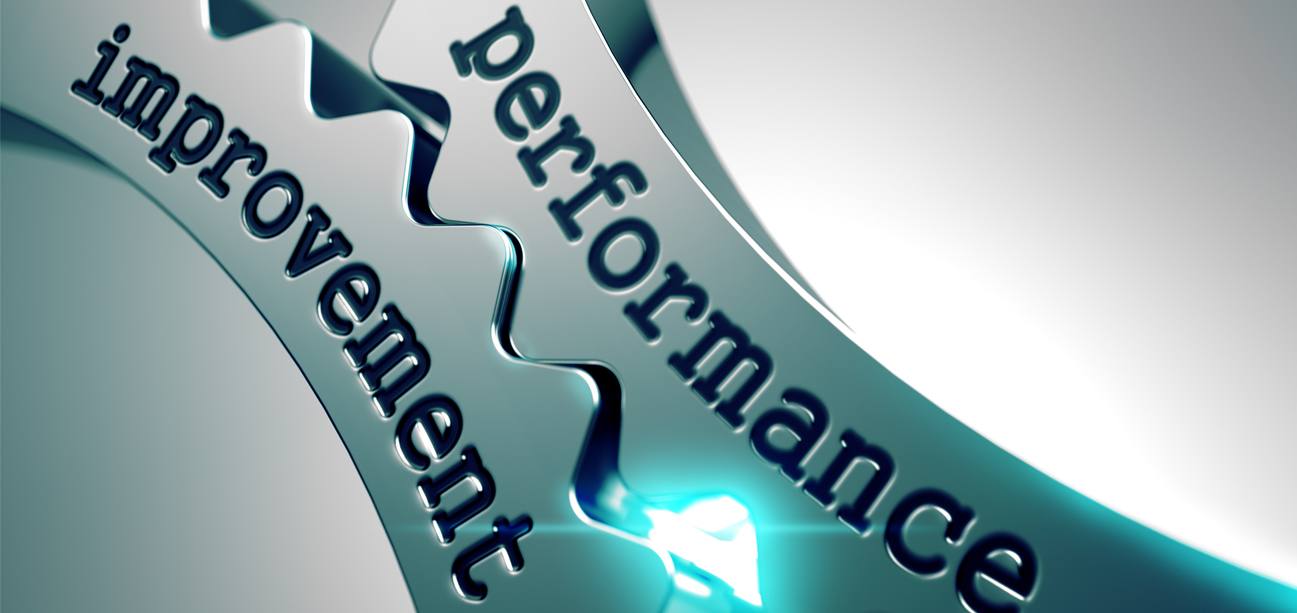
What is Data Analytics?
Data Analytics is a very important component of Artifical Intelligence. The business gets evolved, its brand value gets upgraded because of the data-driven decision. The acquired data is useful for the business to make valuable analyses. Risks are also mitigated so that data is turned into actionable insights
With the help of data analytics, new perspective emerges of the business growth, actionable insights, realistic leverages, and more. Data Analysts have the latest market trends within their knowledge.
Various Elements of Data Analytics
1) Data Warehousing
Data Warehousing is a relatively new way of collecting and obtaining compelling insights. Main feature of data warehousing is to optimize data, ensure fast speed and efficiency and enhance data volumes, and others. The inclusion of data warehousing can boost performance and keep the balance of data.
GET A QUOTE2) Data Visualization
Data needs to be described in a way that is appealing and smooth to be meaningful and useful. Our data analytics services use unique infographics, charts and other useful content to help to make important decisions.
3) Data Migration
Data Migration helps to enhance and upgrade the existing data through digital transformation. This process is known as automation and the advantage of it is that it doesn’t interfere in any business process. It is very reliable, scalable, and secure.
4) Big Data
You can avoid risk with the help of Big Data solutions and give the insight to understand the operational processes, customer behavior, and more. With the help of the right tools and state-of-the-art all the needed outcomes are possible.
5) Data Quality Management
The purpose of Data Quality Management is to ensure whether the operation is running smoothly or not. Another name for data management is rescue management as it steps in when things are falling apart. The team tackled the massive work of quality control, migration, integration, data governance, deployment, and archiving with ability and experience.
6) Data Science
One of the most common terms used in Data Analytics is Data Science. It builds and takes care of amount of after massive in some time and helps to gather it also. Data Science holds an extremely important place in Data Visualization and its core method in math, advanced statistics, machine learning, programming, predictive modeling, and more.
Data Analytics Industries Services:
- Business and financial research
- Healthcare analysis
- Customer analytics
- HR analytics services
- Supply chain data analytics services
Procedure:
Assemble Data Requirement
It is important to know which kind of data is required and how to group it into respective categories. The masters here at Fictive Studios define the business necessary and adhere to the challenges to tackle. We collect relevant data from the current database and various other sources. The advantage of this process is that it helps to quantify available data and identify KPIs and objectives. Consistency and collaboration form this type of data.
Data Analysis
The future prediction is recognized after the data analysis is optimized and provides a new framework for data research. Patterns, comparisons, and building insights are some common features of this process. Also, unnecessary and misleading info that is not needed is dumped. The data structure is a frame to implement it accurately.
Data Optimization
Future consequences are planned using a predictive technique and data analysis is estimated. Data is optimized and is implemented after objectives are defined. This tool is cost effective, scalable and reliable for the business.
Final Deploy Process
Maintenance and deployment are the final processes. Results are deployed, monitored, and more. Our data analyst keeps a constant eye on challenges, issues, and sustains the maintenance of the objective.
Reason for Opting for Fictive Studios
- Smooth Process
- Modern Technology
- Optimize Approach
- Strong strategies
Fictive Studios takes the extra step forward and make data analytics a personalized and prominent service. We have skilled experts who make sure that your project is done with sheer dedication and turns out into a success. This data provides specific and helps make a powerful data-driven decision for you company. Our organization has helped many businesses reach the top with our data analytics services.

Building The Future One Line Of Code At A Time

Mobile App Solutions For Everyone, Everywhere
We pride ourselves on our ability to bring your unique vision to life through our cutting-edge technology and innovative solutions.
Retail, Ecommerce
Education & e-learning
Healthcare & Fitness
Logistics & Distribution
Social Networking
Real Estate
Travel & Hospitality
Food & Restaurant
On-Demand Solutions
Gaming
Partnerships We Have Built Through Our Digital Solutions
At Fictive Studios, we are proud to have partnered with over 2000 businesses, ranging from startups to enterprises, to provide industry-leading mobile app development solutions tailored to their unique business needs. Every business is different, and we are passionate about helping our clients achieve their goals through our extensive range of app development services.
Start Up Business

Small & Med Business

Enterprise

Agencies

What Our Clients Say
We possess the capability to create applications across a diverse range of genres - simply specify your requirements and we'll bring your vision to life.

Let's Build Something App-tacular Together
Join forces with Fictive Studios, the premier Mobile App Development Company in the US. With our bespoke app development solutions, watch your business soar to new heights.
GET A QUOTE
















